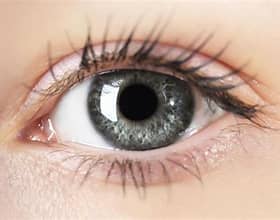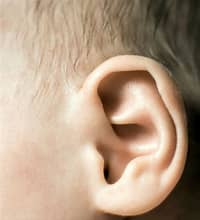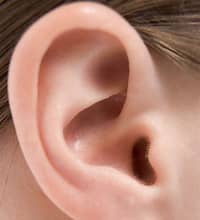The Fascinating Truth about our Eyes, Ears and Nose
- Diana Joy Zipagan
- Jul 16, 2024
- 2 min read
When it comes to our eyes, nose, and ears, there’s more than meets the eye (pun intended). Let’s delve into the intriguing details:
Eyes:
Size at Birth: At birth, our eyeballs are relatively small, measuring around 16.5 mm from front to back1
Rapid Growth: During fetal development and the first three months after birth, our eyes grow rapidly. This explains why babies have those disproportionately big, adorable eyes gazing out from their little round faces.
Corneas and Width: By three months, the corneas have reached their full width, and outwardly, our eyes appear the same size they’ll ever be.
Front-to-Back Length: Although the front-to-back length remains relatively constant, our eyes will gradually move apart from each other as our heads grow.
Adjusting for Good Eyesight: As babies grow, their eyeballs adjust in length to improve eyesight. This encourages them to follow objects at greater distances, strengthening their neck and head muscles.
Nose and Ears:
Not Growing, but Changing: Contrary to popular belief, our nose and ears don’t keep growing indefinitely. Instead, they change due to skin alterations and gravity.
Cartilage and Collagen: Both our nose and ears are made of cartilage. While cartilage doesn’t continue growing, it does break down over time. Collagen fibers play a role in this process.
Gravity’s Influence: As we age, gravity causes our nose and ears to droop, giving the illusion of growth. However, it’s more about sagging than actual growth2.
The Sacredness of Birth:
The collagen tissue in our eyes forms a unique parallel pattern, allowing for transparency and vision. This intricate design reflects the wonder of our bodies and the sacredness of birth.
So, next time you look in the mirror, remember that your eyes, nose, and ears tell a fascinating story of growth, adaptation, and the passage of time
e







Comments